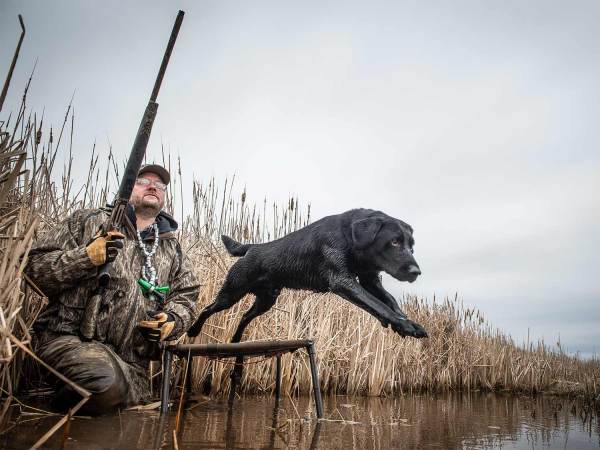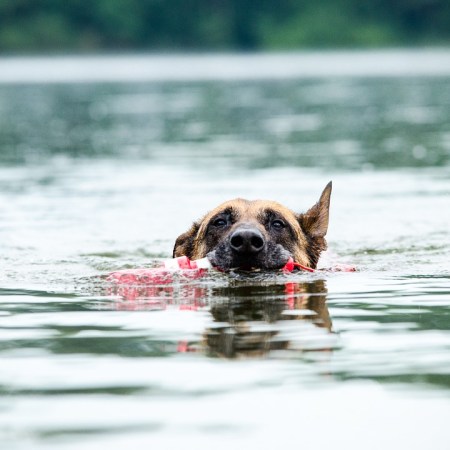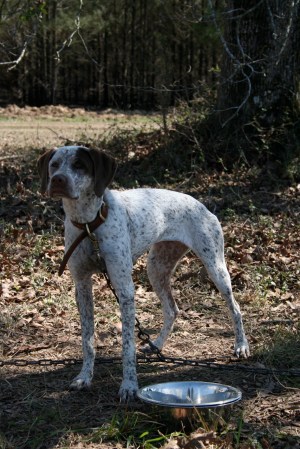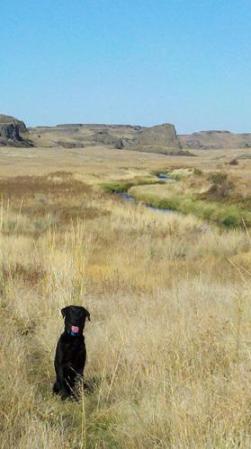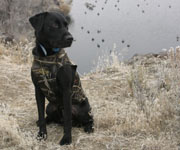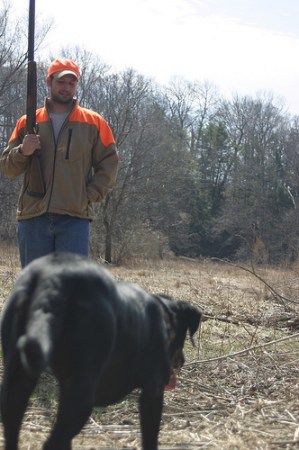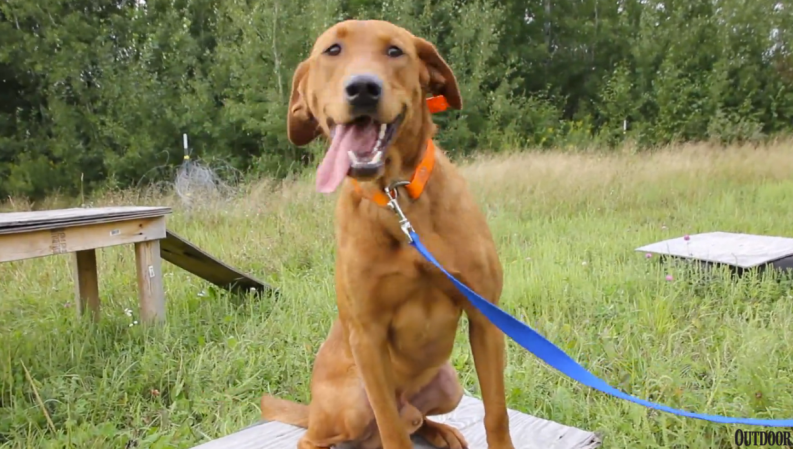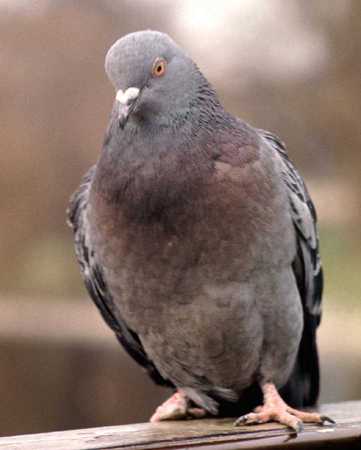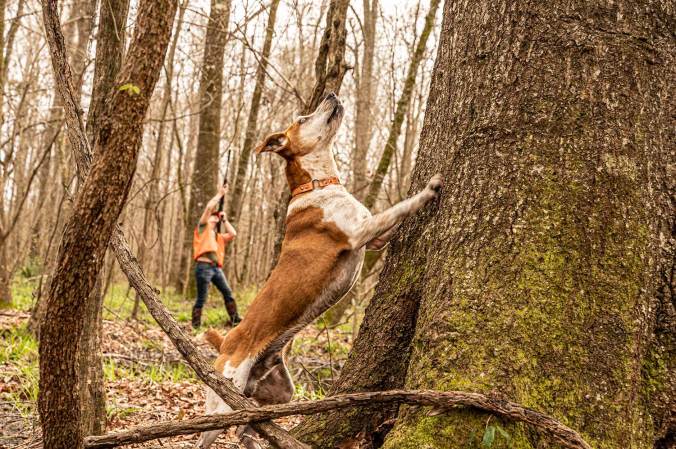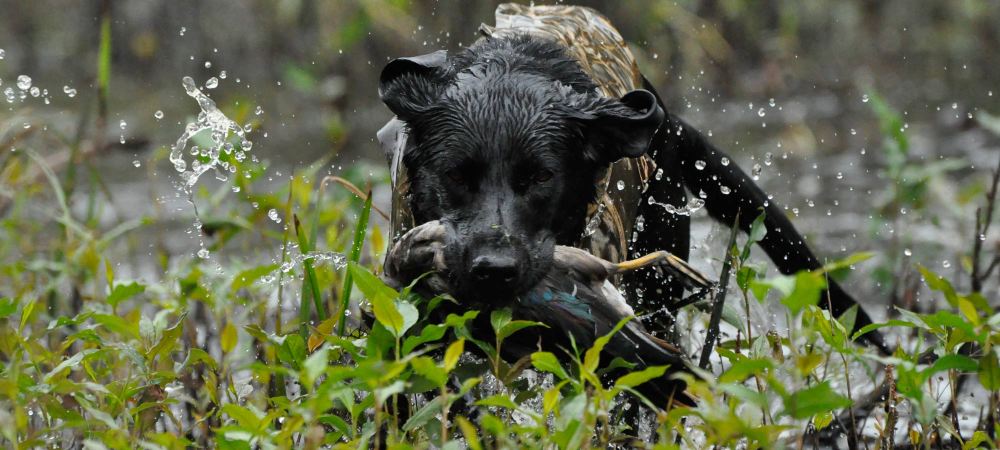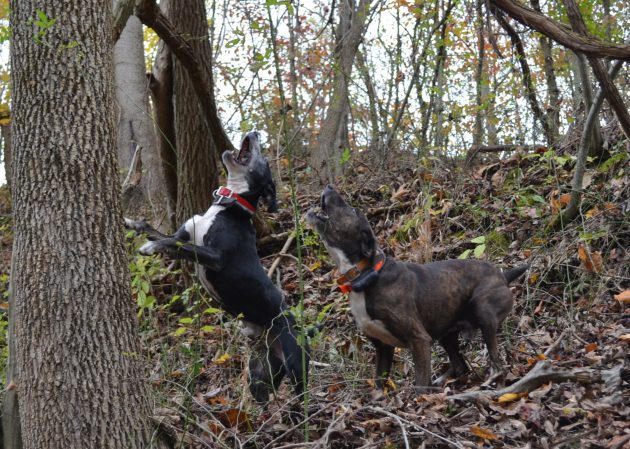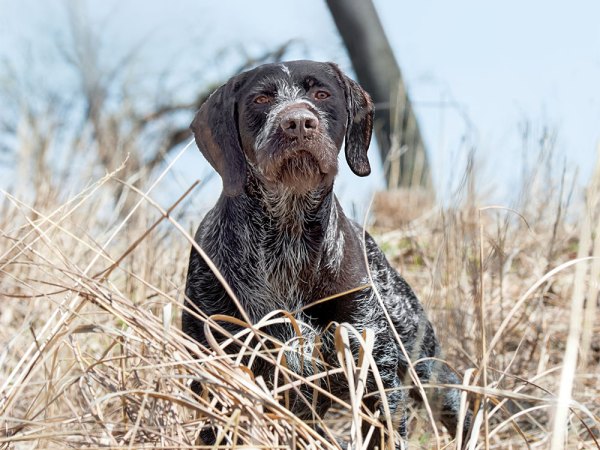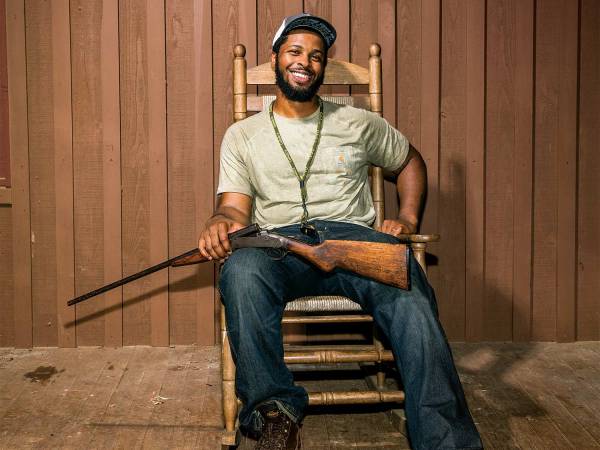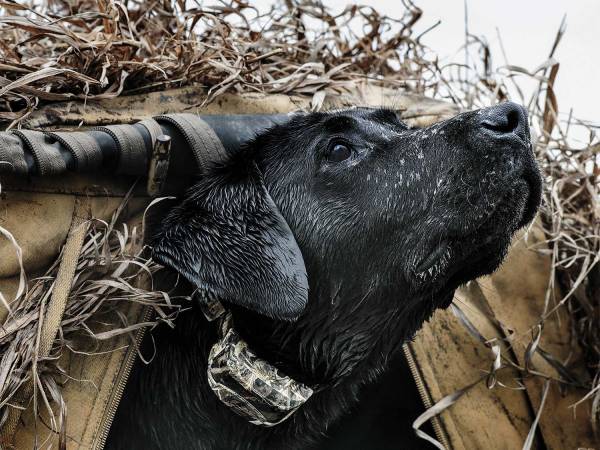Intelligent people learn by experience, and wise people learn from the experience of others, which makes Mark Fulmer of Aiken, S.C., the wisest breeder/trainer I’ve encountered in years. After extensive research, Fulmer adopted the most innovative plans, broadened them with his own ideas and adapted them to the methods of Mother Nature, who, he says, got it right long ago.
Select for Success
My motto has always been, “Choose from a proven mating.” Fulmer has extended that concept by specifically selecting for early-starting pups through four generations of setters.
Prenatal Conditioning
From the day his bitch is bred, Fulmer brings her inside, where her pups in the womb hear friendly voices and are therefore somewhat socialized at birth. Throughout pregnancy, she hunts as a companion or primary trainer, teaching a pup to back another’s point. The pups she carries feel her stiffen on point and likely experience adrenal and even ingested scent from her bloodstream. It’s part of the natural approach. No coyote ever took off hunting for 63 days to lie around in an isolated kennel becoming fat and dull.
Introducing Stress
Stress develops adrenal systems for pups in the wild. Between two and three weeks, Fulmer mimics nature with spotlights (lightning), loud noises (thunder), ice rubbed on bellies (snow and ice) and a cold floor (frigid earth). The pups are handled daily and are in an aboveground Scott kennel run attached to a building. The run grate is 18 inches below the door to inside. Pups might roll down the 3-inch steps, but they must climb back up. Amazingly, pups quickly learn to run around on grate bars without even looking and develop an agility that lasts for life. Like a mom in the wild, theirs is away hunting for about four hours every day.
Weaning Time
At 5½ weeks, the pups’ first solid food is fresh-killed quail for four days. After this memorable introduction, they’re switched to Iams Smart Puppy, which contains DHA (an additive found in better baby formulas). In testing with beagles, those on Smart Puppy found treats in a maze twice as fast as those eating regular kibbles.
Rewards
Fulmer’s is the only hunting-dog facility I know that uses clickers to train. From 6 to 11 weeks, clickers and treats are used to teach pups to recognize their names, come to “Here,” walk on leash, kennel when told, and learn the “Place” command.
Live Birds
At 7 to 7½ weeks, pups get walks to a johnny house where wing-flapping quail are held above their heads. It’s mealtime, and they jump up and down. Suddenly, the bird is tossed between their legs. They grab, but the quail are quicker.
Searching Starts
By 9 weeks, they’re sniffing scent and looking for those quail that flew from between their feet. One or two will be pointing.
Pointing and Backing
By 10 weeks, probably one will back a point. By 11 weeks, nearly all will point and half will back. By 11 to 12 weeks, they’re all pointing and backing in a 30-acre field.
Next Issue
The often difficult job of teaching pointing dog pups to retrieve.
Contact info: Mark Fulmer; 803-649-6492, sarahsetter.com

